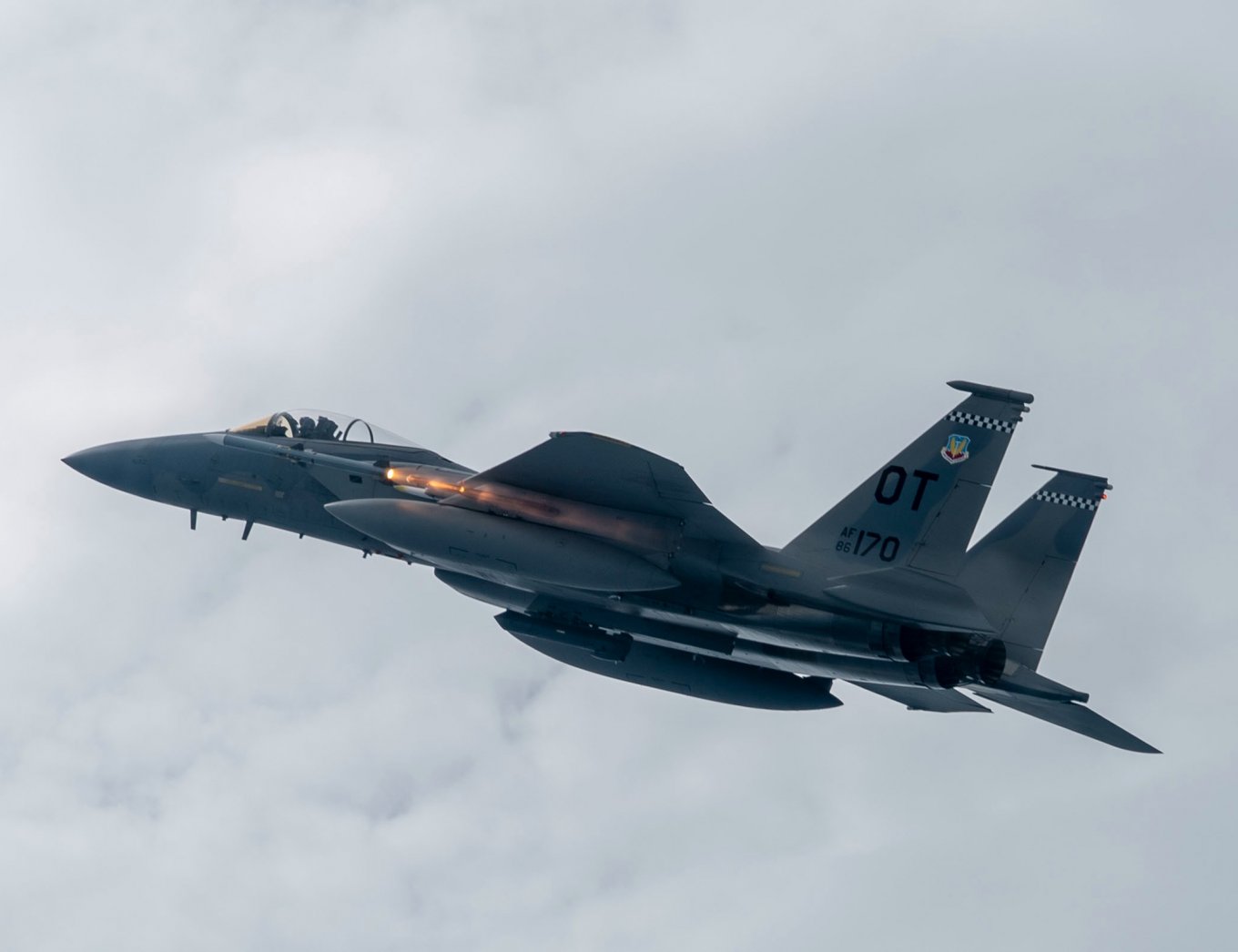The AIM-120C-8 AMRAAM is the latest and most advanced variant of this air-to-air missile, finding its target as far as 160 km away. Romania is willing to procure a batch, as testified by the permit for a potential sale issued by Defense Security Cooperation Agency (DSCA).
The document allows Buharest to buy 186 missiles with an estimated contract value of USD 592 million, that is, roughly $3.18 million per unit. Although the final cost is prone to changing when it comes to signing the contract, the important fact here is that Romania decided to acquire the AIM-120C-8 at all, as it highlights an important fact about both Romanian and Ukrainian F-16 multirole fighters.
Read more: The U.S. Weighs the AGM-158 JASSMs Transfer to Ukraine: What Is Special about These Missiles

Just as the Romanian Air Force, their Ukrainian colleagues use the same version of this combat aircraft. Even the supplier is the same — Norway.
For a brief reminder, after a year of negotiations, Romania bought out 32 used F-16s in November 2022, for EUR 388 million (~$385 mln at the time). Ukraine, on the other hand, is getting six F-16s from Norway as donations.
The country of origin is not so important though, since Norwegian, Dutch, Belgian, Danish F-16 jets were all made at Fokker and SABCA factories practically at the same time, and they all have undergone the same modifications under the Mid-Life Upgrade program.
The fact Romania is buying AIM-120C-8 missiles for these fighters indicates the compatibility between this aircraft version and the weapon, meaning Ukrainian F-16s potentially can use them, too.

Side note, Romania also has 17 other F-16s bought in two batches as provided by the contract from 2013, paying €182 mln for 12 fighters and then €130 mln on top for extra five. The last one was delivered in March 2021. By the way, these are twice as used because they were produced in 1983–1984 and initially entered service in the USA, then handed over to Portugal in 1999 for 268 million total. That makes them 5 to 8 years older than the European ones but in the 2000s, they received the Mid-Life Upgrade, too.
Just in case, we should note that the Romanian military doesn't operate NASAMS, the ground-based launch system for AIM missiles, therefore the new weapons are certainly destined for F-16s. The DSCA message mentions nothing about any engineering works or secondment of personnel to adapt the AIM-120C-8 or the aircraft for interoperability.
All these things considered, the AIM-120C-8 apparently can be used by Ukrainian F-16 fighters "as is," raising the question to the United States about providing them.
The difference in air deterrence capabilities largely rests on the specific type of the AIM-120 AMRAAM air-to-air missile, and they differ quite significantly. The said AIM-120C-8 has a range of 160 km, the AIM-120C-5 travels 105 km, and the AIM-120A/B only 50 km. With a farther-reaching missile, Ukrainian pilots have much better chances of coming on top in an aerial fight against russian aviation.

In September 2023, the U.S. Department of Defense commissioned AIM-120 AMRAAM missiles to RXT (former Raytheon) on behalf of Ukraine, scheduled for delivery by November 2024. The specific variant of the missile wasn't disclosed, just the contract's total pricetag of $192 mln.
The Pentagon also granted Ukraine priority in receiving various air defense missiles, including effectors for Patriot and the AIM-120 for both F-16 and NASAMS.
Read more: Military Expert: Ukraine Might Receive F-35 Fighters in the Future After Receiving F-16 Aircraft














